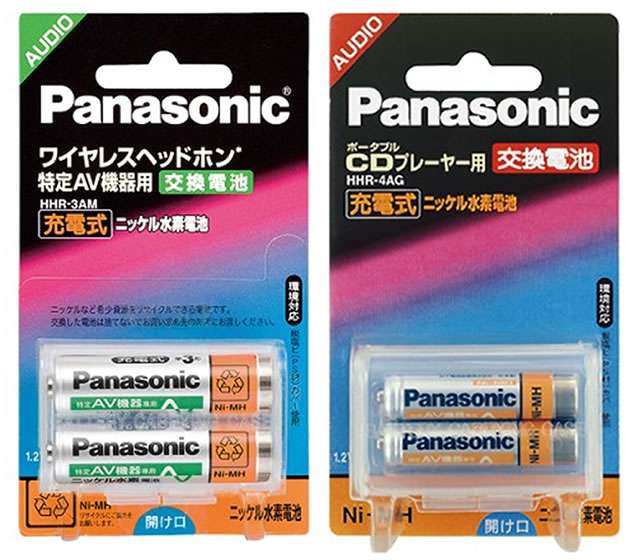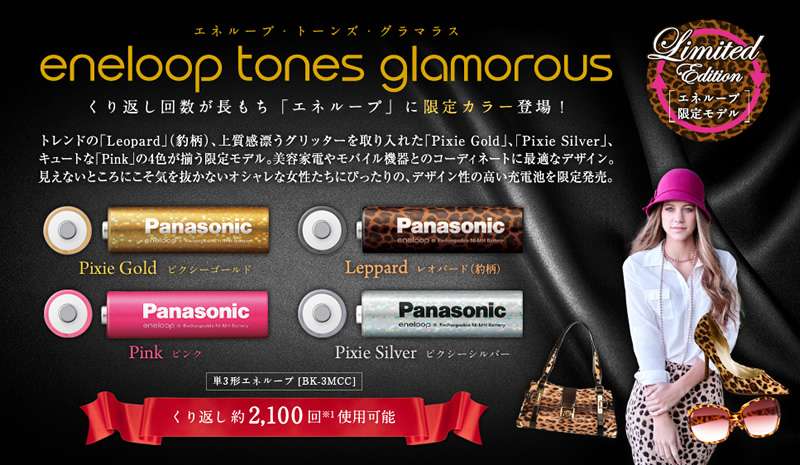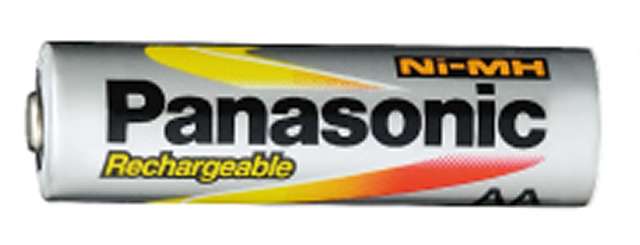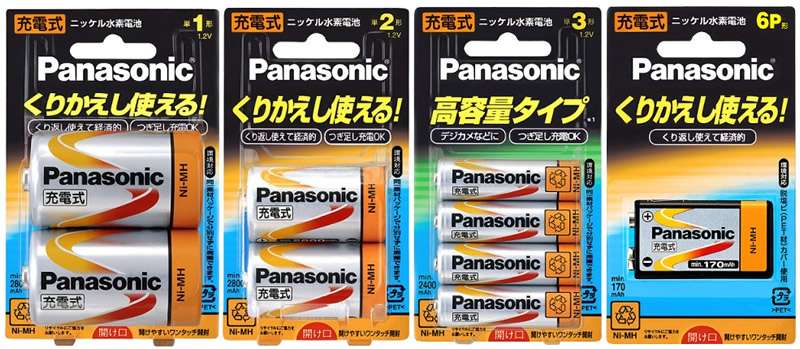I must confess to remaining more than a bit confused as to what exactly is going on with the Eneloop Panasonic situation, but here is some new information I found on the Japanese Panasonic website:

(I have translated most of the writing into English, while attempting to leave their original graphic design intact.)
As you can see, Panasonic offers three models (Standard, Economy, and High-End) for both their "Eneloop" product line and their "Rechargeable Evolta" product line. And, they offer them side-by-side. The minimum mAh ratings, and approximate number of recharge cycles are as stated in the above graphic.
So, what is the difference? Well, it is not so clearly stated on that page, but if you search further you can find the following information:
- The "Standard Model" Eneloop (part numbers BK-3MCC and BK-4MCC, for AA and AAA, respectively) are said to hold about 90% of their capacity after 1 year.
- The "Economy Model" Eneloop (part numbers BK-3LCC and BK-4LCC, for AA and AAA, respectively) are said to hold about 85% of their capacity after 1 year.
- The "High-End Model" Eneloop (part numbers BK-3HCC and BK-4HCC, for AA and AAA, respectively) are also said to hold about 85% of their capacity after 1 year.
- The "Standard Model" Rechargeable Evolta (part numbers BK-3MLE and BK-4MLE, for AA and AAA, respectively) are said to hold about 80% of their capacity after 1 year.
- The "Economy Model" Rechargeable Evolta (part numbers BK-3LLB and BK-4LLB, for AA and AAA, respectively) are said to hold about 85% of their capacity after 1 year.
- The "High-End Model" Rechargeable Evolta (part numbers BK-3HLC and BK-4HLC, for AA and AAA, respectively) are said to hold about 65% of their capacity after 1 year.
I cannot find much information about capacity ratings after more than 1 year. (The product detail page for Eneloop batteries says that they hold 90% of their charge after one year, and also adds something like "and these batteries are still
usable even after five years," without making any specific claim as to percentage capacity after five years. The product detail page for Evolta rechargeables makes no mention at all of their ability to hold their capacity over time. I did find one "inner" page in the Eneloop section that reiterates Eneloop's famous claim of 90% capacity after 1 year, and 70% capacity after 5 years, but in my opinion, this fact is not being well publicized by Panasonic.)
This may be because most Japanese are not very concerned about whether or not their batteries retain a charge that far into the future (they probably figure, and rightly so, that most likely they would have recharged them before that long), or it may be an intentional effort by Panasonic to "mask" the most significant difference between the Eneloop and the Evolta product lines. While I couldn't find any clear statement of this fact on these Japanese websites, I believe that at the end of the 2nd year, the capacities of all the above "Rechargeable Evolta" models would be at zero, or near zero, whereas the "Eneloops" would all still be going relatively strong...
(Therefore, it now appears that, despite my earlier post in this thread stating that I believed the new "black" Evolta to be a new LSD product, I think this line-up of three Evolta rechargeable models are all non-LSD, or perhaps, "semi-LSD" at most.)
This same webpage also provides the following update on Panasonic battery chargers and Panasonic battery compatibility:

It appears that all previous models of battery chargers, other than those listed as "new" at the bottom of the above chart (BQ-CC11, BQ-CC21, etc.), have been discontinued. Perhaps some of our battery charger experts can explain "why" (if indeed Panasonic's claim is true), but Panasonic is claiming that their "new" battery chargers are much better because you can now (for the first time) charge all your old and new, Eneloop and Evolta batteries with a single model charger. (Actually, I thought that that was never any problem to begin with.)








 And if that would actually show a difference: improve/repair your amplifier's power supply section. Maybe there's a dried up capacitor in there somewhere?
And if that would actually show a difference: improve/repair your amplifier's power supply section. Maybe there's a dried up capacitor in there somewhere?